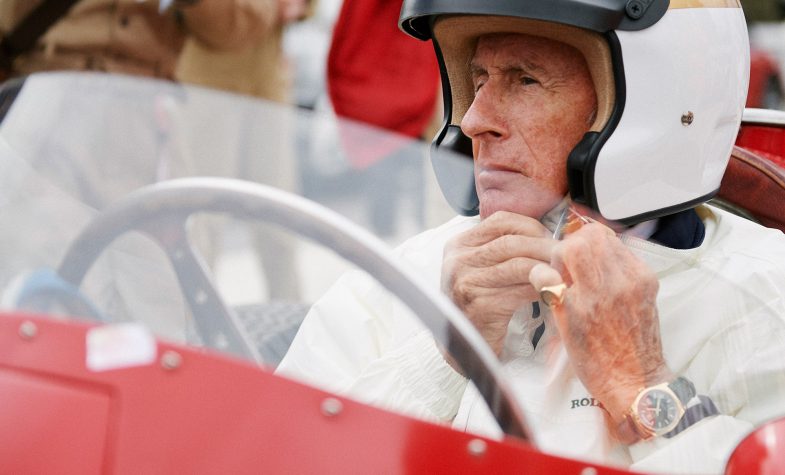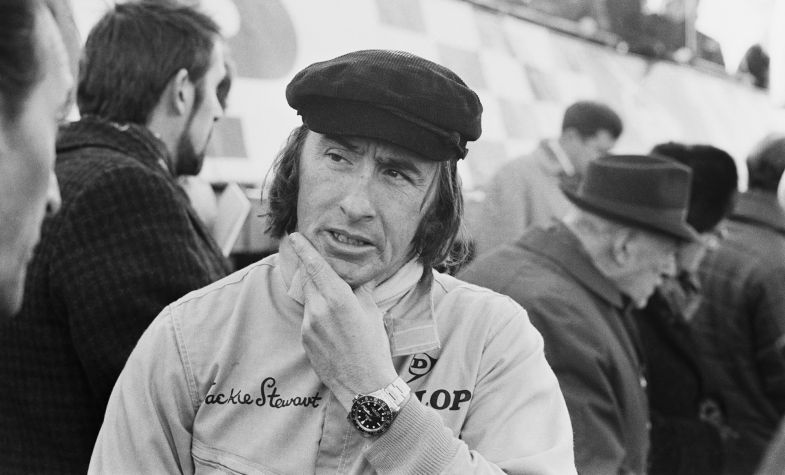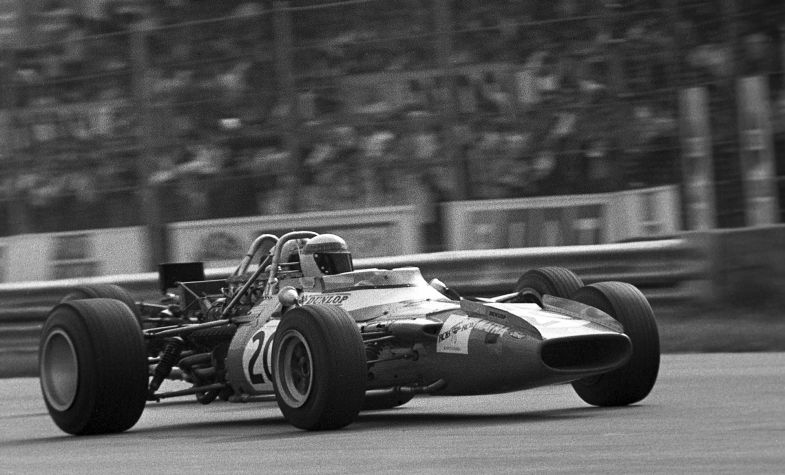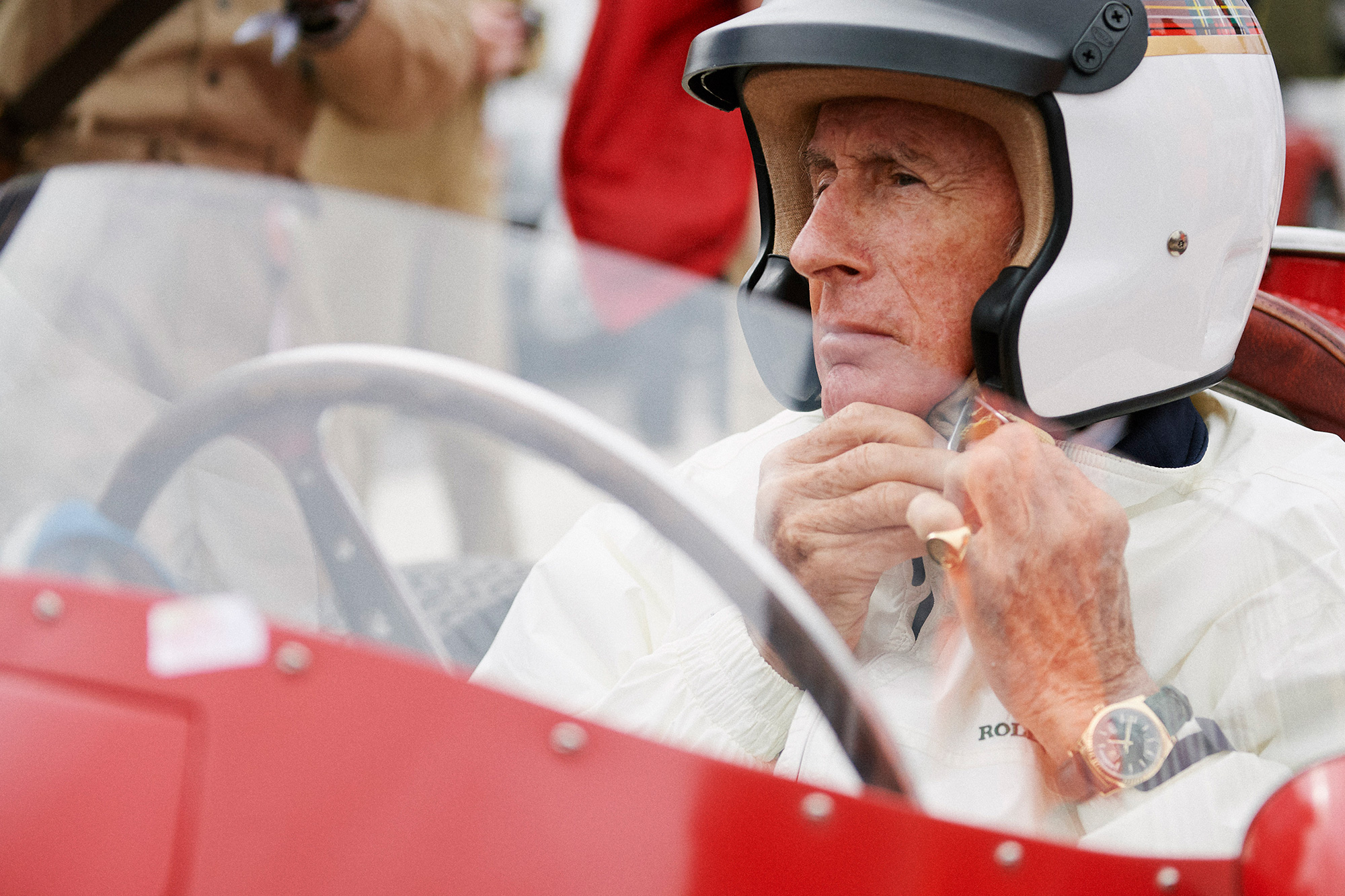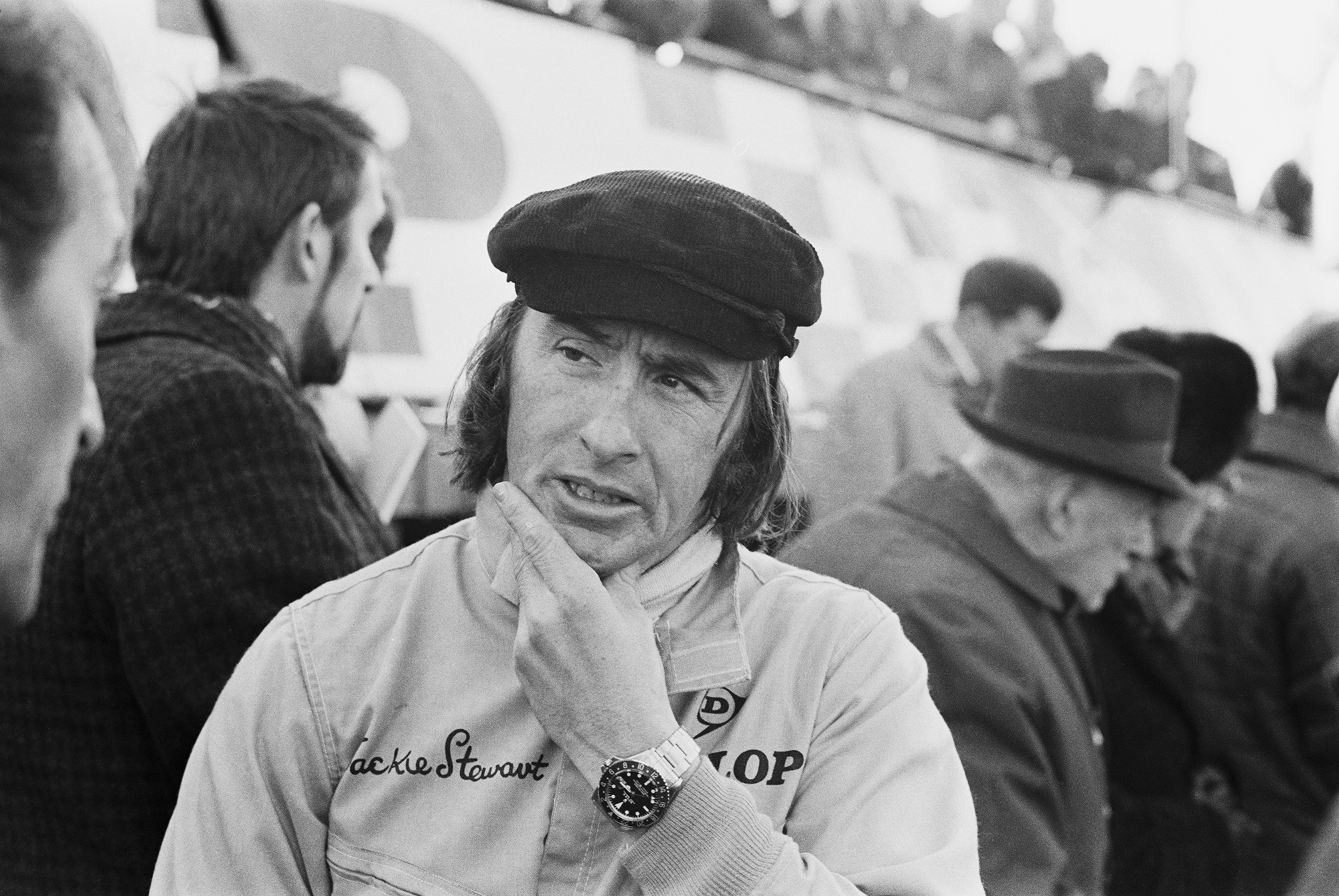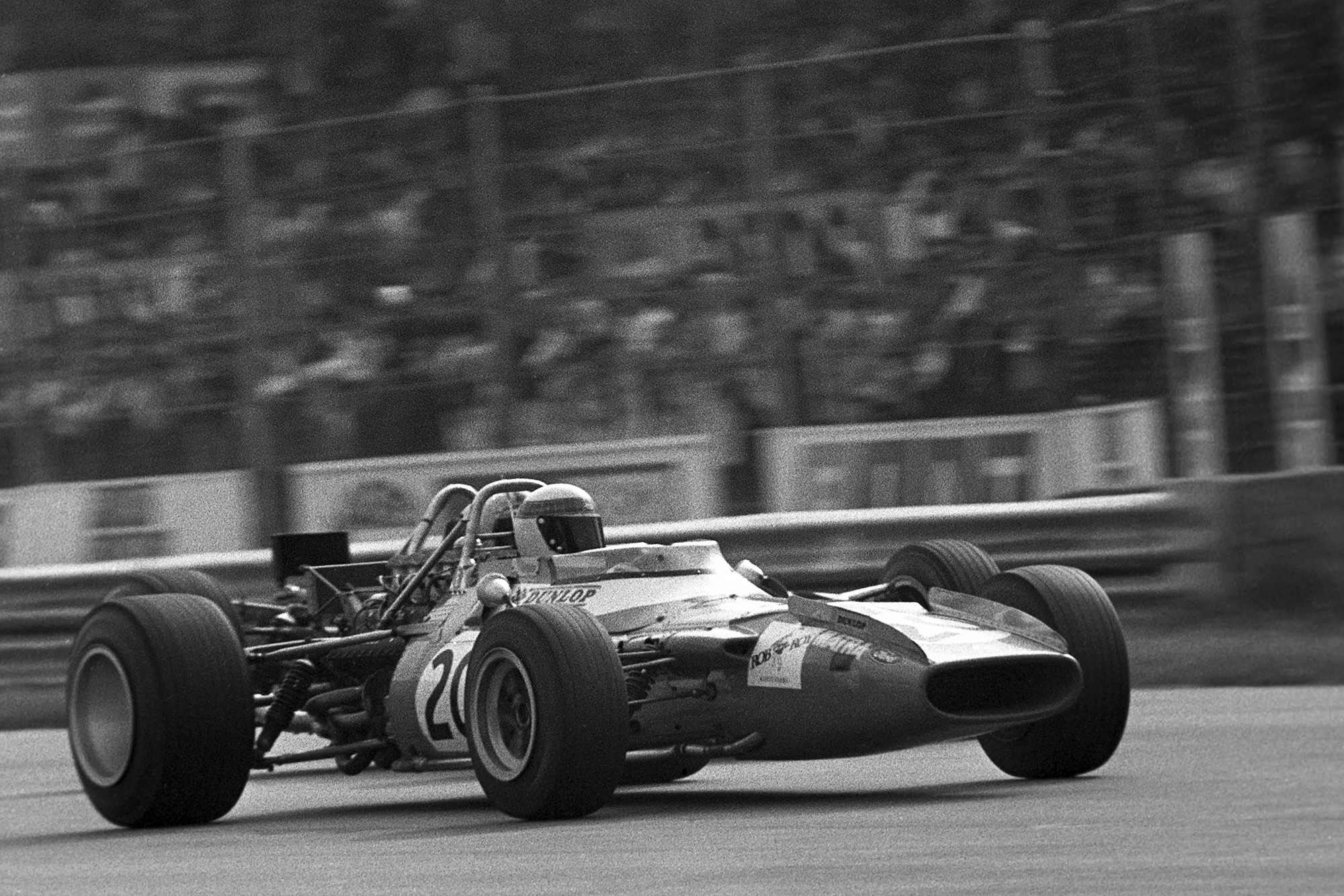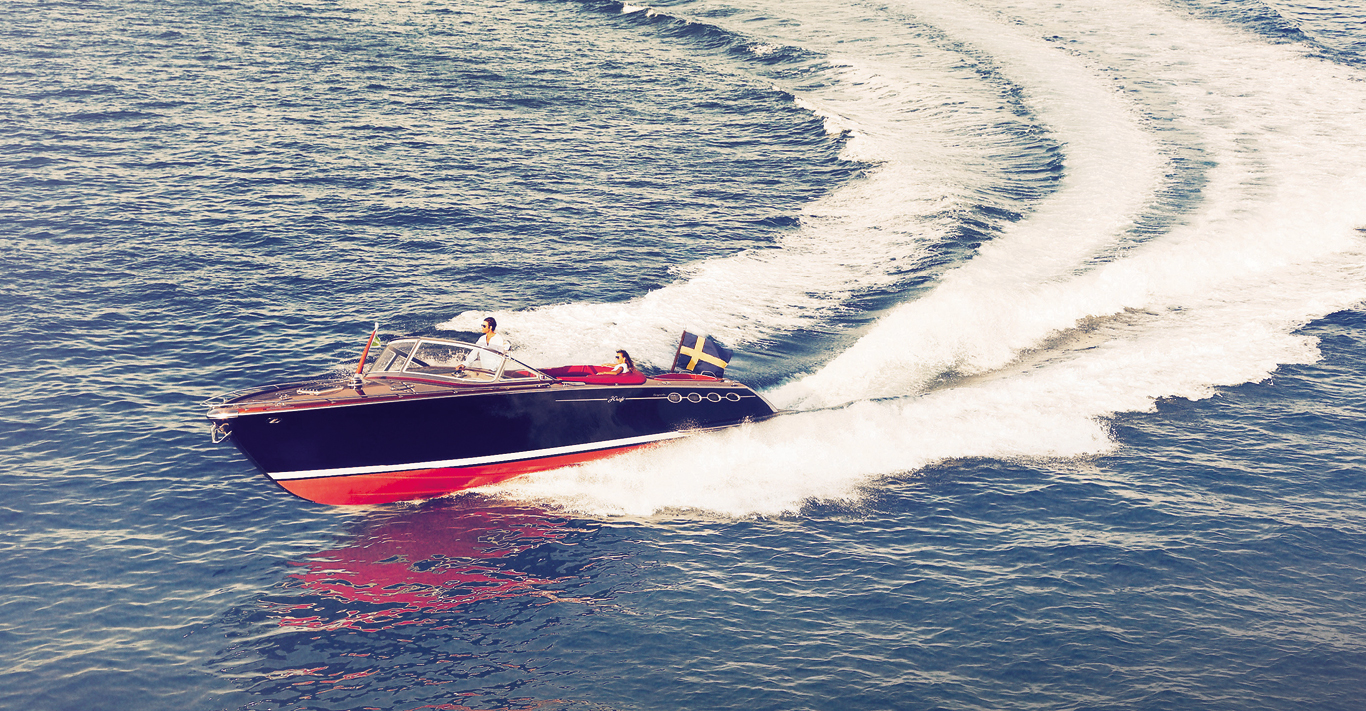WORDS
Peter Howarth
Tell me about your first Rolex. Did you own one before you were working with them?
Yes! I bought my first Rolex – I was in Indianapolis, I qualified very well and the very rich American who I was driving for paid me for qualifying, and I had never received that sort of money before. I didn’t have a lot of money in the early days… I had no money in my early days. So I thought, I’m going to buy a Rolex. He lived in Houston, Texas, he had a private jet. That was way back, in the 1960s.
Who was this guy?
His name was John Mecom. And he later created the New Orleans Saints American football team. I went with him down to Houston, Texas, and I said to him, ‘Thank you very much; I want to buy a Rolex.’ And he said, ‘I’ve got a great dealer, I can take you to him.’ So I bought a top-of-the-line 18-carat gold Day-Date with President bracelet, the very top of the Rolex brand. And of course, the big Texans are bigger than me, so the bracelet was too big. So the salesman said, ‘don’t worry, I’ll get the links changed, come back tomorrow.’ I went back the next day and I had specified a white face, very classic. But when I returned he said, ‘I’ve got your watch,’ and there were diamonds all round it.
John Mecom had had them put on for you?
Yes. So I took them off. I just like it classic.
Why was a Rolex the first thing you bought when you had a big payday?
Because at that time there was a Rolex ad in The New York Times and it featured a picture of the United Nations Building. The line said: ‘If you were speaking here tomorrow, you’d wear a Rolex.’ So I thought those were the type of people who did. And they didn’t have diamonds on theirs.
Really, it was because of an ad?
It was just quality. And you know, I could never have afforded anything like that. I would’ve started with something else normally, but here I was with that one, being able to go straight in. I mean, I’m wearing a stainless steel Rolex today, but it’s the latest model. I bring Rolexes to every race. And I’ll have a different one on tonight, because there’s a function. Tomorrow, I’ll have a different watch; tomorrow night is a function and the next day is the race, so I’ll wear another watch. So when I’m photographed, I’m always wearing a Rolex of a different kind. And my left shirt cuff is tailored different – it’s shorter – so when I’m photographed you can see the watch.
What is it about Rolexes that makes them so special for you?
Their dignity, their style, their longevity. They choose the right people to represent them too. Their equestrians are the right jumpers, and their opera singer – Dame Kiri Te Kanawa, is a Rolex testimonee. Arnold Palmer [the American golf champion] and Jean-Claude Killy [the French triple-Olympic champion alpine skier] were also testimonees. In fact it was on the same day that we three all joined Rolex. Jean-Claude is still around, he came to the French Grand Prix two weeks ago. He had won the Triple Crown of Alpine Skiing at the 1968 Olympics in Grenoble – he had won the slalom, the giant slalom and the downhill. That hasn’t been done since. So he’s a Rolex testimonee. But Arnold, Jean-Claude and I were probably a little different than everybody else, because we were the first [Rolex testimonees].
Have you still got your first Rolex?
It was stolen on a flight going from the French Grand Prix back to Geneva, where I live.
That’s terrible.
I replaced it with exactly the same watch; the Day-Date with the President bracelet.
Out of your collection are there any favourites?
My original President-bracelet Day-Date – but I’ve got a beautiful one of those with a green face and a green leather strap. Rolex’s colour is green. I love this watch [that I’m wearing, too], the new Daytona, because that’s a classic; and then I’ve got an old Daytona as well that I was awarded at the Monaco Grand Prix in 1971, and I still wear that. I was given it for qualifying on pole position.

